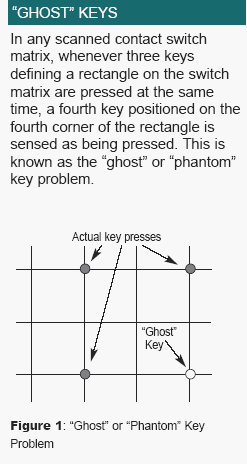First post, by Great Hierophant
- Rank
- l33t
To me, there are two true keyboards. The first is the IBM Model-M 101 Enhanced Keyboard, the right, proper and true keyboard every keyboard afterwards is based on. Not only is it the layout that every PC programmer assumes that the user is using, few if any assume that the user is using more than the 101 keys of this device. Moreover it is heavy and has buckling spring keyswitch technology for excellent tactile response.
But it is not a perfect keyboard. To my mind, the closest thing to a perfect keyboard is the Northgate OmniKey Ultra, which combines the best features of the 84-key AT keyboard with the 101-Enhanced PS/2 Keyboard and improves on both. Like the IBM AT, the Ultra has an inverted L shaped Enter key, function keys down the left hand side and a Ctrl key to the right of the A key and the Alt key two keys down. Like the 101 it has an enlarged backspace key and puts the backslash key to the right of the left shift key. Unlike either it has two sets of function keys and a better layout for certain keys. The Esc is where the Tilde key normally is, the Ctrl takes the place of the Caps Lock and the Alt key does the same for the Ctrl key.
I'm not so enthusiastic about the right side of the keyboard. The numeric keypad's big + key has been split into small + and = keys. Also, the space in between the Ctrl and Alt keys is used by an * key, which is not necessary. However, I feel less enthusiastic about the keys between the keyboard and keypad. The Ultra has four extra keys in addition to the 13 keys normally found there. The 13 canonical keys are placed very unusually, although I like the large insert and delete keys down where they are not likely to be hit by accident. Otherwise the placement of the keys echos the alternative keys of the numeric keypad. A bit radical perhaps?
